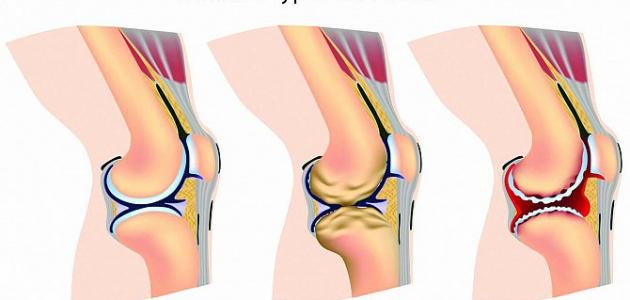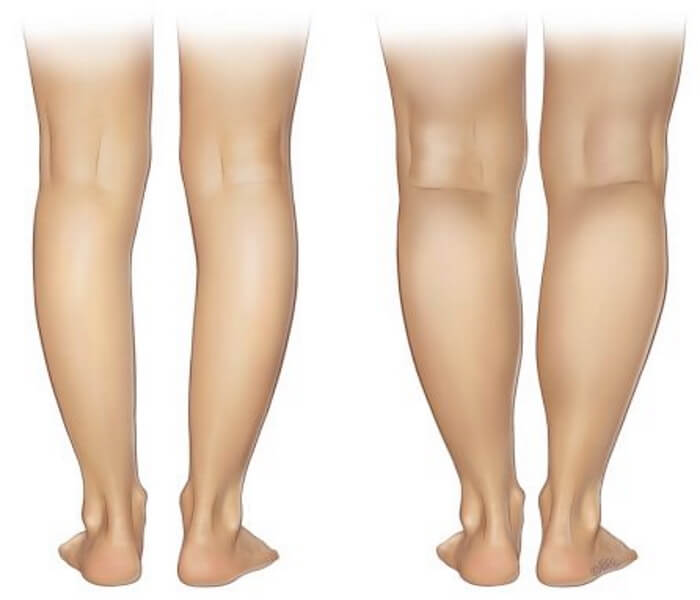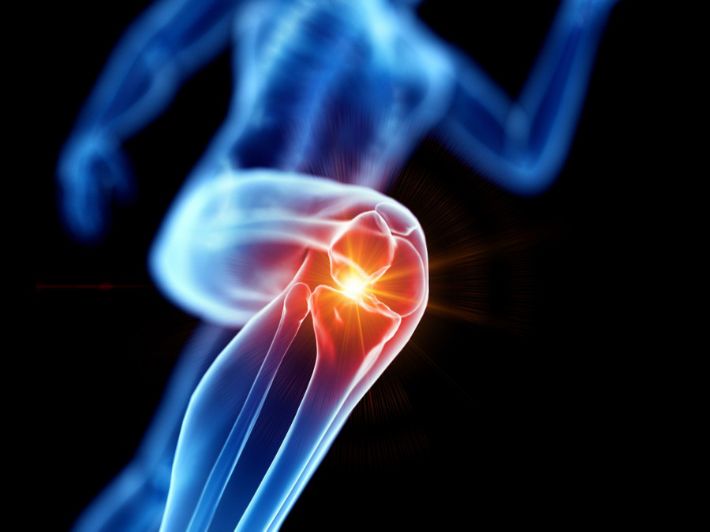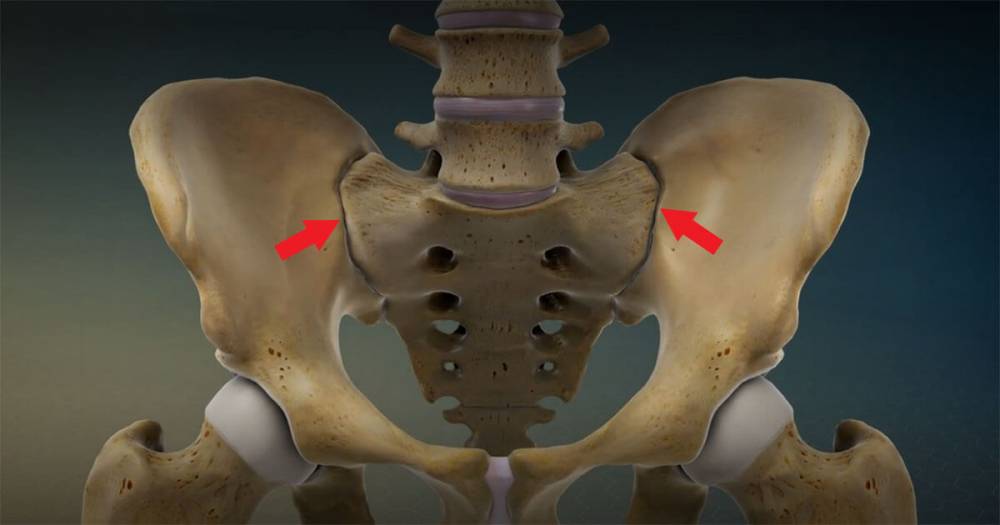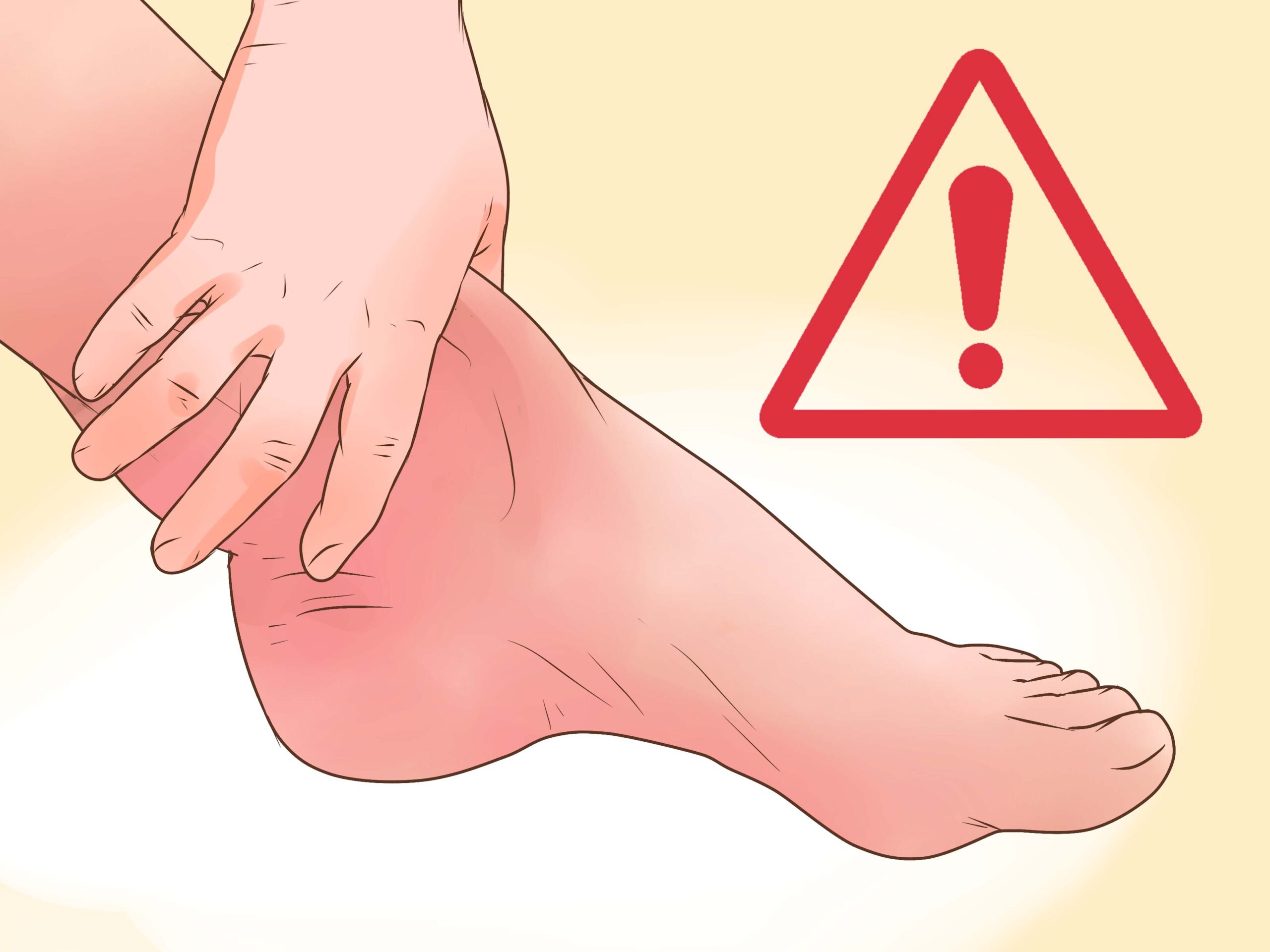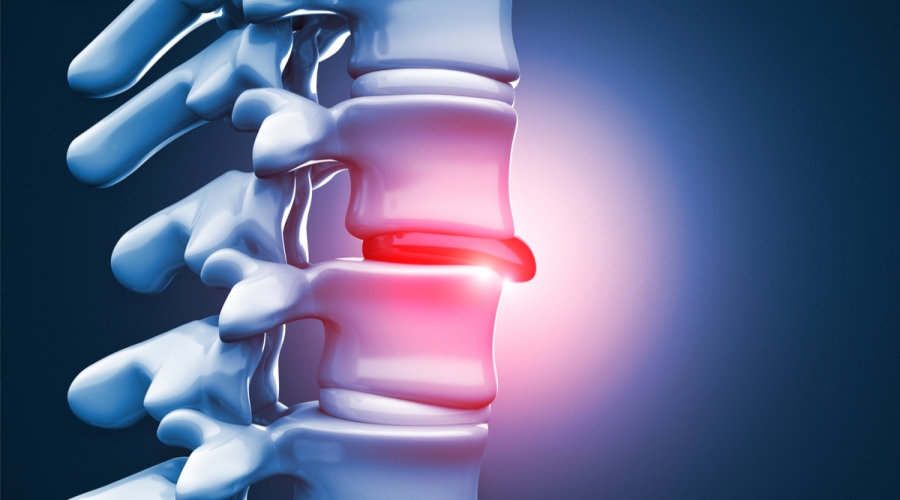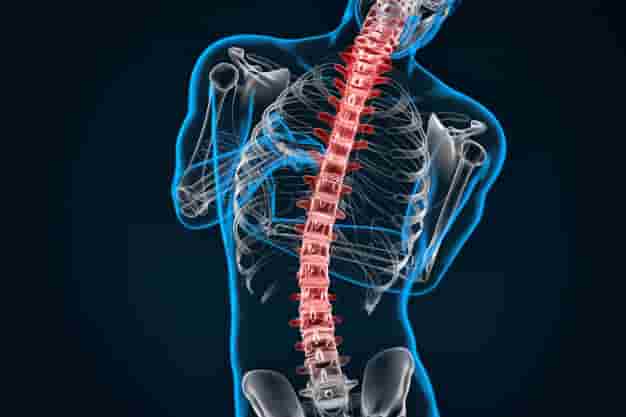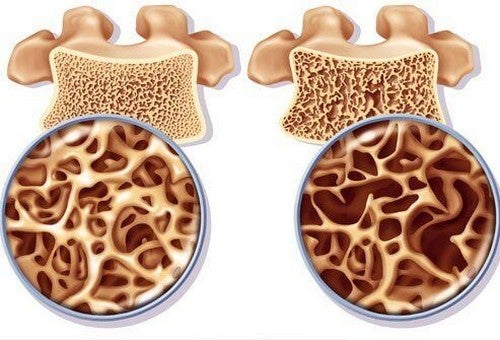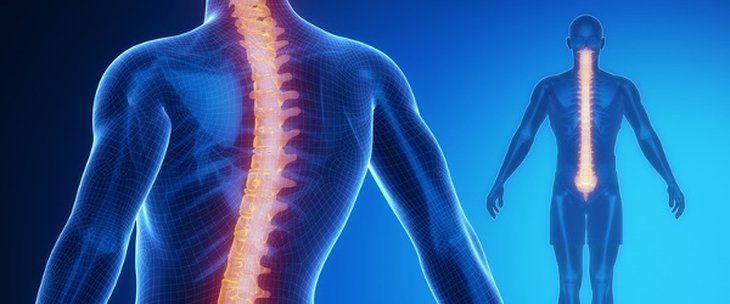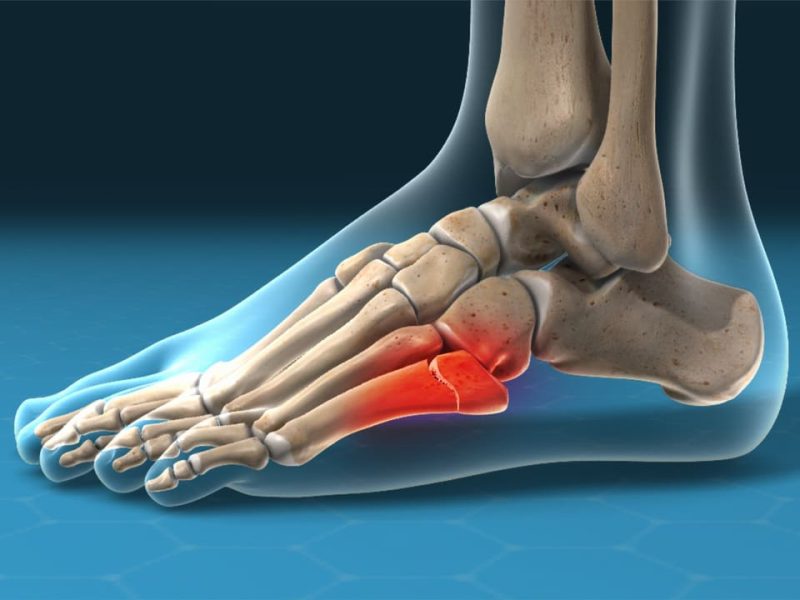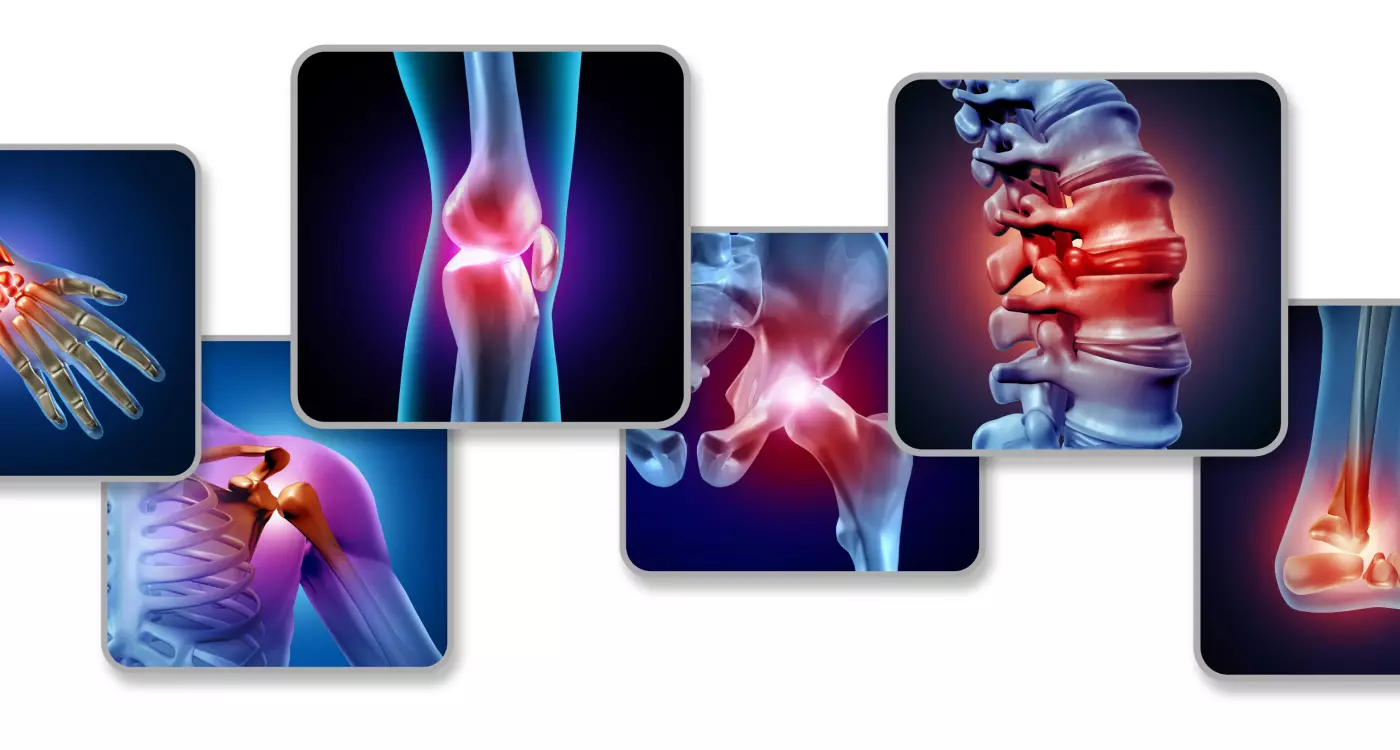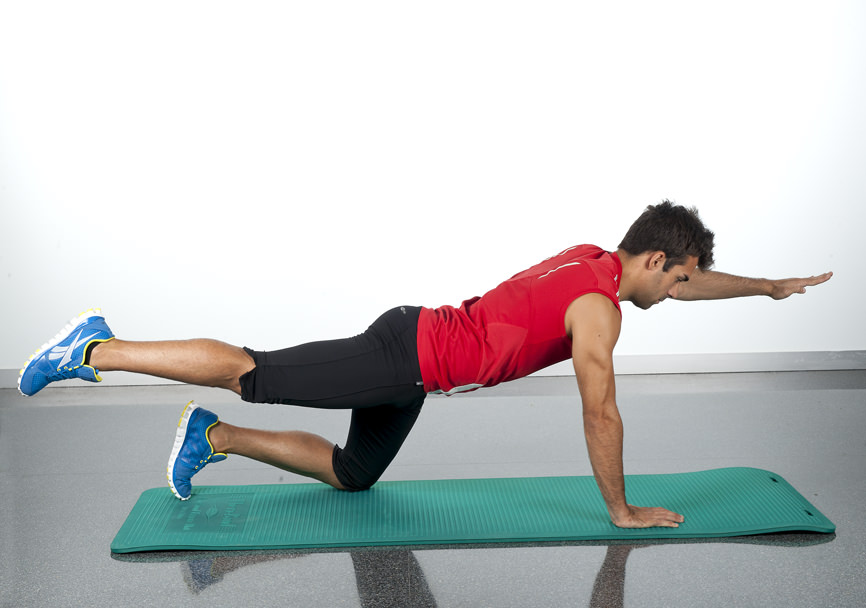What is laser therapy for the back, and is it beneficial for the vertebrae?
What is laser therapy for the back?
Laser therapy is a modern approach used in the field of physical therapy to alleviate back pain and improve spinal health. In this context, lasers are used to target the affected area, promoting pain relief and stimulating healing processes in the damaged tissues. In this article, we will explore more about laser therapy for the back, from how it works to its potential benefits.
How does laser therapy for the back work?
When we talk about back laser therapy, we are referring to the use of high-energy laser beams to impact the tissues in the affected area. These beams help stimulate various biological processes within cells and tissues, subsequently enhancing healing.
The basic steps of laser therapy include:
- Laser Application: A therapeutic device is used to precisely direct laser beams towards the affected area on the back. These beams penetrate the skin and reach deep tissues.
- Activation of Biochemical Processes: Laser therapy activates a variety of biochemical processes within cells. It increases the production of adenosine triphosphate (ATP), a primary source of energy in cells. It also promotes the release of more oxygen and nutrients to the damaged tissues.
- Reduction of Inflammation: Laser therapy can reduce inflammation in the affected tissues, helping to alleviate pain and swelling.
- Enhanced Healing: By stimulating healing processes, laser therapy can promote the regeneration of damaged tissues and contribute to repair.
Benefits of laser therapy for the back:
- Pain Relief: Pain relief is considered one of the most significant benefits of laser therapy. It can help alleviate both chronic and acute pain resulting from back issues like herniated discs and arthritis.
- Improved Back Mobility: Laser therapy can assist in increasing spinal flexibility and improving mobility. This can enhance the quality of life and the ability to perform daily activities more effectively.
- Accelerated Healing: Laser therapy speeds up the healing processes in damaged tissues, reducing the duration of treatment and facilitating a quicker return to routine activities.
- Minimal Noticeable Side Effects: Laser therapy is generally considered safe with very few or negligible side effects, making it a suitable option for many patients.
Despite the potential benefits of laser therapy for the back, it is essential to consult with a specialized healthcare provider before starting this type of treatment. Individual health conditions need to be evaluated to determine whether this treatment is suitable for a specific case and to provide the necessary care and guidance.
Is Physical Therapy Beneficial for Spinal Vertebrae?
Spinal vertebrae are a vital part of the body, providing support to the skeletal structure, protecting the spinal cord, and enabling proper movement and mobility. When spinal vertebrae encounter issues such as pain, stiffness, or tearing, physical therapy can be an effective option for improving the condition and reducing pain. In this article, we will take an in-depth look at the role of physical therapy in treating spinal vertebrae problems and whether it is genuinely beneficial.
Physical Therapy and Spinal Vertebrae:
Physical therapy is a medical specialty that utilizes various techniques to provide care and improve bodily functions. When it comes to spinal vertebrae, physical therapy can offer effective methods for pain relief, increased strength, flexibility, and improved mobility. Physical therapy encompasses a variety of techniques and exercises that target the muscles surrounding the vertebrae and the tissues around them.
Benefits of Physical Therapy for Spinal Vertebrae:
- Pain Relief: Pain relief is one of the primary objectives of physical therapy for spinal vertebrae. Physical therapy can provide massage and stretching techniques that help alleviate tension and pain.
- Improved Mobility: Physical therapy helps in restoring the natural movement of the vertebrae and the spine, increasing the range of motion and reducing restricted movement.
- Muscle Strengthening: Physical therapy includes exercises that aim to strengthen the muscles surrounding the vertebrae. This enhances the stability of the spine and reduces the risk of injury.
- Enhanced Flexibility: Physical therapy can increase flexibility in the muscles and tissues around the vertebrae, contributing to improved range of motion.
- Body Awareness: Physical therapy promotes body awareness in the patient, helping them understand how to avoid back strain and maintain spinal health.
Choosing the Right Physical Therapy:
There is a diverse range of physical therapy techniques that can be used to treat spinal vertebrae problems. Some of these techniques include massage, chiropractic adjustments, spinal stretching, and muscle strengthening exercises. It is important to select a qualified and specialized physical therapist to ensure you receive appropriate and effective care.
If you are experiencing issues with your spinal vertebrae or suffering from chronic pain, physical therapy may be the right solution to improve your condition. It is always advisable to consult with your healthcare provider before starting any treatment program to ensure that physical therapy is suitable for your individual health condition and to receive personalized and suitable guidance.
Is Physical Therapy Beneficial for Spinal Vertebrae?
Spinal vertebrae are a vital part of the body, providing support to the skeletal structure, protecting the spinal cord, and enabling proper movement and mobility. When spinal vertebrae encounter issues such as pain, stiffness, or tearing, physical therapy can be an effective option for improving the condition and reducing pain. In this article, we will take an in-depth look at the role of physical therapy in treating spinal vertebrae problems and whether it is genuinely beneficial.
Physical Therapy and Spinal Vertebrae:
Physical therapy is a medical specialty that utilizes various techniques to provide care and improve bodily functions. When it comes to spinal vertebrae, physical therapy can offer effective methods for pain relief, increased strength, flexibility, and improved mobility. Physical therapy encompasses a variety of techniques and exercises that target the muscles surrounding the vertebrae and the tissues around them.
Benefits of Physical Therapy for Spinal Vertebrae:
- Pain Relief: Pain relief is one of the primary objectives of physical therapy for spinal vertebrae. Physical therapy can provide massage and stretching techniques that help alleviate tension and pain.
- Improved Mobility: Physical therapy helps in restoring the natural movement of the vertebrae and the spine, increasing the range of motion and reducing restricted movement.
- Muscle Strengthening: Physical therapy includes exercises that aim to strengthen the muscles surrounding the vertebrae. This enhances the stability of the spine and reduces the risk of injury.
- Enhanced Flexibility: Physical therapy can increase flexibility in the muscles and tissues around the vertebrae, contributing to improved range of motion.
- Body Awareness: Physical therapy promotes body awareness in the patient, helping them understand how to avoid back strain and maintain spinal health.
Choosing the Right Physical Therapy:
There is a diverse range of physical therapy techniques that can be used to treat spinal vertebrae problems. Some of these techniques include massage, chiropractic adjustments, spinal stretching, and muscle strengthening exercises. It is important to select a qualified and specialized physical therapist to ensure you receive appropriate and effective care.
If you are experiencing issues with your spinal vertebrae or suffering from chronic pain, physical therapy may be the right solution to improve your condition. It is always advisable to consult with your healthcare provider before starting any treatment program to ensure that physical therapy is suitable for your individual health condition and to receive personalized and suitable guidance.
How Many Sessions of Physical Therapy for the Back?
Physical therapy is considered one of the essential components in the treatment of back and spinal problems. Physical therapy involves a variety of techniques and exercises aimed at improving back function and relieving pain. It’s important to know how many sessions a specific individual may need for back physical therapy, as this depends on several factors. In this article, we will delve into these factors in-depth and provide guidance on the expected number of sessions.
Factors Affecting the Number of Physical Therapy Sessions for the Back:
- Type and Severity of the Issue: The type and severity of the back problem play a significant role in determining the required number of sessions. If the problem is mild and straightforward, the treatment may be short-term and require fewer sessions. However, if the problem is complex and requires advanced techniques, the individual may need a greater number of sessions.
- Injury History: The history of the injury can be an important factor in determining the number of sessions. If the injury is recent, the treatment may be short-term and involve only a few sessions to relieve pain and restore mobility. However, if the injury is old or chronic, the individual may require ongoing treatment to maintain overall health.
- Techniques Used: Physical therapy encompasses a variety of techniques, including massage, physical therapy exercises, spinal stretching, laser therapy, and others. The number of sessions can be influenced by the types of techniques used and the time required for each session.
- Treatment Goals: The goal of physical therapy for the back can vary. If the primary goal is to alleviate acute pain, the number of sessions may be fewer compared to cases aiming to improve mobility, strength, and flexibility.
General Guidelines for the Number of Physical Therapy Sessions:
- Initial Evaluation: The individual’s health condition is typically assessed in the first physical therapy session. Treatment goals are discussed, and an appropriate treatment plan is determined.
- Progress and Monitoring: Regular physical therapy sessions are provided according to the required plan. Regular reviews are conducted to measure progress and adjust the plan if necessary.
- Continuation: Some individuals may require periodic physical therapy sessions to maintain their health and prevent the recurrence of issues.
- Personalized Guidance: It is always essential to rely on the guidance of the treating physician and the specialized physical therapist to determine the appropriate number of sessions.
In general, it is difficult to precisely determine the required number of sessions due to the variability in cases and goals. However, personalized guidance from the medical team and the physical therapist will be the primary factor in successfully determining the appropriate number of sessions for effectively treating back issues.
Is Massage Beneficial for the Back?
Massage is a natural therapy that can be used to care for the back, relieve pain, and alleviate muscle tension. Massage is considered an effective way to improve the health and well-being of the back, but is it truly beneficial for the back? Let’s take a look at the benefits of massage for the back and how it can help maintain the health of this vital part of the body.
Benefits of Massage for the Back:
- Pain Relief: Massage can be beneficial in relieving pain caused by chronic or acute backaches. Through appropriate massage techniques, a massage therapist can alleviate muscle tension and improve blood flow, helping to reduce pain.
- Increased Comfort and Relaxation: Massage promotes relaxation and general comfort. It helps reduce stress and anxiety, making it particularly useful for those experiencing back pain due to psychological stress and the pressures of daily life.
- Improved Circulation: Massage helps improve blood flow to the back area, enhancing tissue oxygenation and providing the necessary nutrients for tissue healing and rejuvenation.
- Increased Flexibility and Range of Motion: Massage can improve muscle and joint flexibility, contributing to increased range of motion and reduced stiffness.
- Enhanced Body Awareness: Massage helps individuals focus their attention on their bodies and feel a connection with the pain and tension in their back, enabling them to take self-care and preventive measures.
Types of Massage Beneficial for the Back:
- Swedish Massage: Swedish massage uses varying pressure and strokes to enhance relaxation and relieve muscle tension.
- Deep Tissue Massage: Used to work on deep muscles and increase blood circulation.
- Hot Stone Massage: Involves the use of hot stones to relieve muscles and promote relaxation.
- Shiatsu Massage: Relies on appropriate pressure on specific points in the body to achieve balance and comfort.
- Thai Massage: Involves stretching and bending the body with applied pressure to increase flexibility and comfort.
Important Considerations:
- Always consult a trained and certified massage professional to ensure the safety of the therapy.
- Massage is not a substitute for medical care in cases of injury or serious back health issues.
- Individuals with complex health conditions may need to consult a spine specialist in addition to massage therapy.
In summary, yes, massage is an effective therapy for the back with many benefits. It can help alleviate pain, improve comfort and relaxation, increase circulation, and enhance body awareness. However, it is essential to receive massage from a qualified and professional therapist to ensure the benefits and safety of the treatment.
How to Strengthen Your Back?
Back health is vital for maintaining a good quality of life and the ability to perform daily activities efficiently. The back consists of a combination of vertebrae, muscles, ligaments, and intervertebral discs that work together to support the body and withstand pressure. Therefore, it is essential to strengthen the back to maintain its stability, prevent injuries, and reduce pain. In this article, we will take a closer look at how to effectively strengthen the back.
- Exercise Regularly: Regular exercise is an excellent way to strengthen back muscles and maintain their health. Effective exercises include:
- Strength Training: Such as weightlifting and using specialized equipment for back exercises. These exercises help build back muscles and increase their strength.
- Core and Side Muscle Strengthening: Muscles in the core and sides play a crucial role in supporting the back. These exercises include planks, side planks, and stability ball exercises.
- Aerobic Exercises: Such as swimming, cycling, and walking. These exercises enhance balance, flexibility, and overall body and back muscle strength.
- Maintain Proper Posture: Sitting or standing with good posture has a significant impact on back health. Avoid excessive forward or backward bending and maintain a straight back. Using ergonomic chairs that support the back at work and home can also be helpful.
- Maintain a Healthy Weight: Excess weight increases pressure on the spine and can raise the risk of back pain and injuries. Maintaining a healthy weight through diet and exercise can help strengthen the back.
- Rest and Stretch: Taking regular breaks throughout the day and performing stretching and relaxation exercises can alleviate muscle tension and reduce back pressure.
- Get Quality Sleep: Adequate sleep plays a crucial role in back health. Pay attention to the quality of your mattress and sleep position to maintain spinal alignment.
- Reduce Stress and Manage Pressure: Psychological stress and daily pressures can increase muscle tension and lead to back pain. Relaxation techniques like yoga and meditation can help control stress.
- Follow Medical Guidance: If you have back problems or chronic pain, consult your doctor or a spine specialist. They can provide suitable care and medical guidance for your condition.
In conclusion, strengthening the back requires a focus on physical fitness and a healthy lifestyle. By following these guidelines and adopting an active and healthy lifestyle, you can enhance the health and strength of your back and maintain its stability in the long term.
Is Sleeping on Your Back Beneficial for Your Back?
Sleeping is a fundamental part of our daily lives and plays a crucial role in overall health and well-being. One common sleeping position is sleeping on your back, and there are many questions about whether this position is beneficial for the back or not. In this article, we will explore the benefits and drawbacks of sleeping on your back and how to make it more suitable for back health.
Benefits of Sleeping on Your Back:
- Joint Support:
Sleeping on your back in the correct position can be beneficial for the shoulder and hip joints. This position reduces stress on these joints and helps maintain their flexibility.
- Weight Distribution:
Sleeping on your back allows for even weight distribution across the spine and pressure-sensitive areas like the shoulders, hips, and head. This reduces the chances of pressure point development and may be helpful in preventing back pain.
- Neck Support:
When sleeping on your back and using an appropriate pillow, it can be beneficial for supporting the neck and keeping it aligned properly. This reduces the chances of neck pain and muscle tension.
Drawbacks of Sleeping on Your Back:
- Airway Obstruction:
Sleeping on your back may increase the risk of airway obstruction, especially if you have sleep issues like snoring or breathing disorders such as sleep apnea. This can be detrimental to overall health.
- Increased Back Pain:
For some individuals, sleeping on their back may increase back pain, especially if they do not use a suitable supportive pillow.
- Other Side Effects:
Sleeping on your back may increase the likelihood of acid reflux and gastroesophageal reflux disease (GERD) due to increased pressure on the stomach. It can also contribute to the development of facial wrinkles and signs of aging due to pressure on the face and neck.
In conclusion, the effects of sleeping on your back can vary from person to person. While it offers some benefits like joint and weight support, it may have drawbacks such as airway obstruction and increased back pain for some individuals. To make sleeping on your back more comfortable for your back health, using an appropriate pillow and mattress and addressing any sleep issues you may have is essential.
How to Make Back Sleeping More Comfortable?
Using the Right Pillow: Choosing a pillow that provides support for your neck and head and helps maintain the correct back posture is essential.
Body Positioning: Avoid excessive leg extension, and you can place a small pillow under your knees to relieve pressure on the lower back.
Avoid Sleeping on Your Stomach: Sleeping on your back is considered more favorable for back health compared to sleeping on your stomach.
Exercise: Strengthening the muscles of the back and sides can help maintain back health and enhance comfort during sleep.
In conclusion, sleeping on your back can be beneficial for your back if the proper posture is maintained, and an appropriate pillow is used. However, individual health conditions may require different considerations. If you have sleep problems or back pain, it’s advisable to consult your doctor or a physical therapist for specific guidance.
How to Do Physical Therapy at Home?
Physical therapy is an effective way to strengthen the body and address various health issues, including back and joint pain. While accessing a professional physical therapist and clinic sessions may require effort and time, there are many techniques and exercises that can be performed at home to promote healing and overall well-being. In this article, we will look at how to carry out physical therapy at home.
Stretching and Flexibility Exercises: These exercises are essential for maintaining muscle, tendon, and joint flexibility. You can perform simple stretches for the neck, shoulders, and back. For example, you can sit on the floor with your legs extended in front of you and try to touch your toes with your hands for 15-30 seconds.
Strength Exercises: Strengthening the muscles around painful joints can reduce pressure on them. You can use light weights or resistance bands to perform strength exercises at home. For example, lifting light weights to strengthen the shoulder muscles.
Balance and Stability Exercises: Enhancing balance and stability can reduce the risk of falls and injuries. You can perform exercises like standing on one leg to improve balance. Use a stability ball and try sitting on it to increase core body strength.
Heat and Cold Therapy: Using heat therapy (such as hot water or a hot shower) can alleviate muscle and joint pain. Additionally, ice can be used to numb inflamed areas.
Swedish Massage Technique: This technique involves gently and circularly applying pressure to the muscles. You can use your hands or a tool like a rubber ball to massage the muscles and relieve tension.
Deep Breathing: Slow and deep breathing can help with relaxation and reducing muscle tension. Try deep breathing exercises like abdominal breathing to increase oxygen flow to the muscles and reduce stress.
Commitment to Exercises: Continuously practicing exercises and home physical therapy is the key to achieving positive results. Create a regular schedule and stick to it for gradual improvement in your health.
Before starting any home physical therapy program, it’s important to consult with your doctor or a professional physical therapist to ensure that the exercises are suitable for your condition and won’t cause any additional injuries. Always remember that consistency and regularity are essential for the best results.


